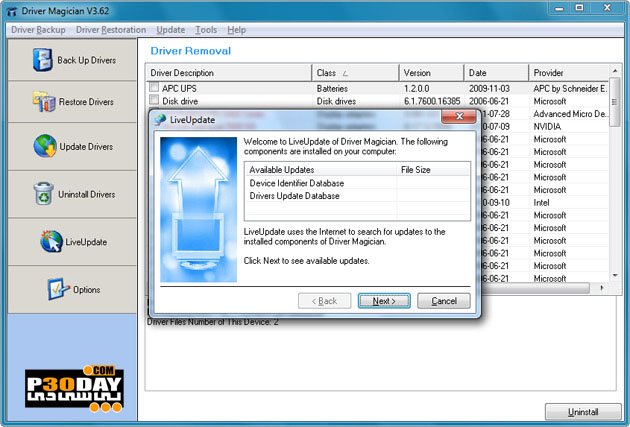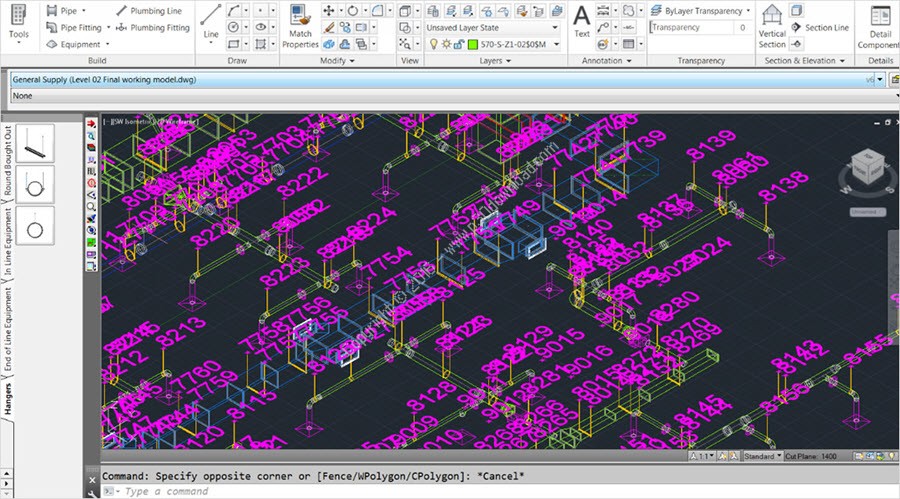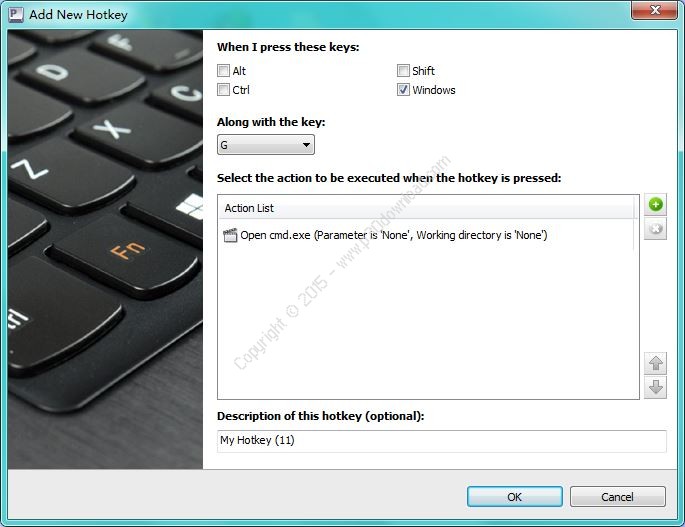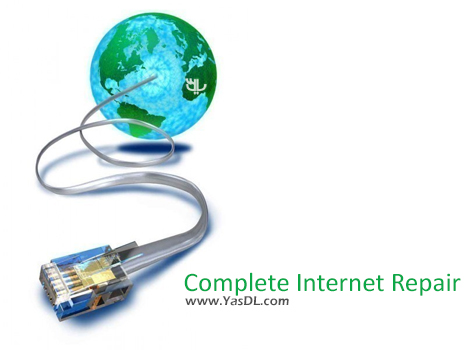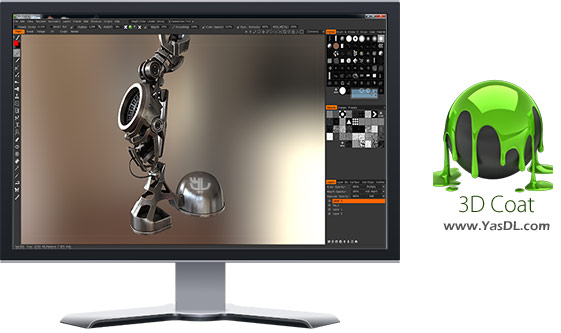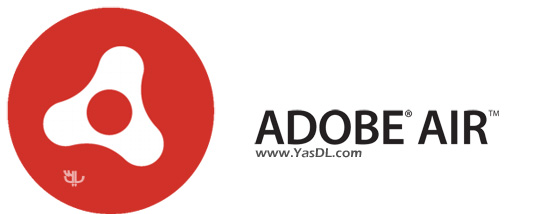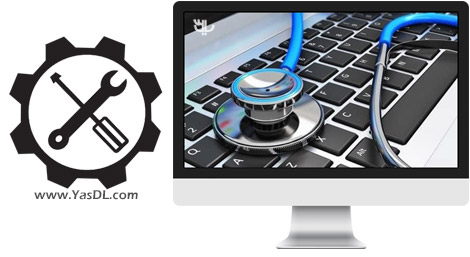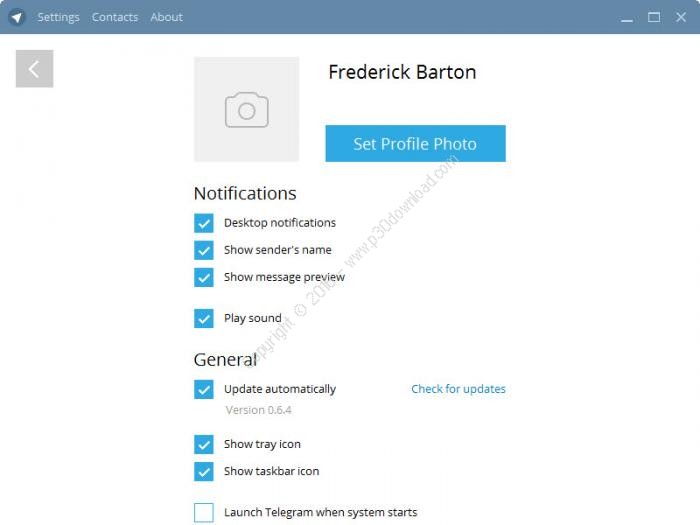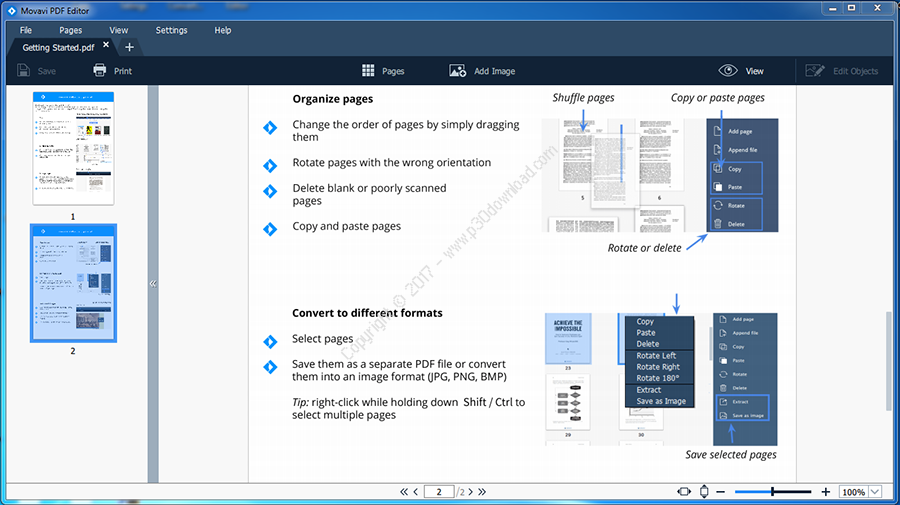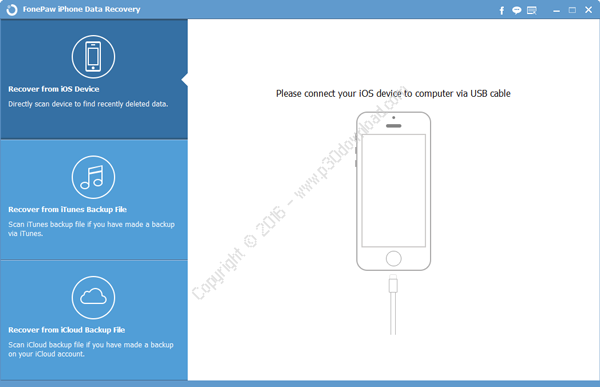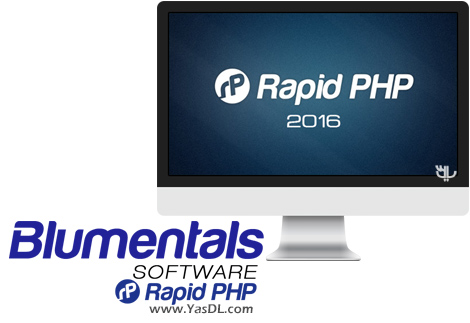Software Description:
All the advanced georeferencing, digitizing, coordinateconversion, and mapping features you need in a low-cost,unbelievably versatile program. This is the ultimate geoprocessingand data conversion tool for any map maker, cartographer,geologist, oil and gas professional, or GIS analyst.
There has never been a more comprehensive, powerful, all-in-onedata conversion software solution that provides an easy-to-use andintuitive user interface for digitizing, georeferencing, coordinatereprojection, tiling, and creating image mosaics.Didger solves the problem of combining data filesin different file formats and in different coordinate systems, byproviding extensive tools to transform your GIS data into onecohesive coordinate system.
You can use Didger to precisely convert paper maps, graphs,aerial photographs, well logs, or any other plotted informationinto a versatile digital format that you can use with othersoftware. Didger can create new maps from the ground up or edit anyexisting map, drawing, image, or data set imported into it.
Uses for Didger:
Start processing your data quickly and accurately with Didger. Someapplications for Didger include:
– digitizing points, polylines, and polygons, such as oil and gaswells, wireline logs, graphs, contour lines, aerial photographs,satellite images
– georeferencing and/or mosaicking aerial photos or scannedimages
– overlaying vector, data, and image files to create a completemap
– calculating areas of polygons, such as watershed or lakeareas
– calculating lengths of polylines, such as shorelines, roads,streams, or migratory routes
– and much more!
Digitizing Options:
The process of creating new digital information often starts with apaper map, graph or log, or a digital image such as an aerialphoto, satellite imagery or scanned paper map. Didger provides aneasy and complete solution to digitize vector data from your sourcedocuments and files by using a powerful set of manual and automatictools.
Versatility:
Didger 5 is tremendously flexible. Didger supports over 90 importfile formats and exports in over 45 file formats to make sure youcan import and export your data in the formats you need. Createlarge overlays easily by importing several vector, data, or imagefiles into one project. The files will align according to theircoordinate systems.
Working with Images:
Images are powerful visualization tools, whether they are aerialphotographs, scanned geologic maps, or company logos. Didger makesworking with images simple and uncomplicated.
Easy Image Georeferencing:
Didger’s fast and easy georeferencing process makes it possible torapidly convert un-referenced images and scanned paper documents toreal world coordinate systems (e.g., UTM, State Plane,Latitude/Longitude) for use in Didger or other GIS programs.
Vector Based Maps & Data Files:
With Didger you can import a variety of vector based maps and datafiles in many formats. Create large coverages easily by importingseveral vector or data files into one project. The files will alignaccording to their coordinate systems.
Projections, Datums, Coordinates:
Didger makes it easy to assign or change the projection and/ordatum of your data, vector, or image files from one coordinatesystem to another. For example, in a few simple steps you canconvert latitude/longitude data to State Plane data, State Planedata to UTM data, or convert your data from NAD27 to NAD83.
Surfer Compatible:
Now it is easy to see your maps the way you want them!Automatically digitize contour or other 3D data in Didger and sendthem directly into Surfer with a click of a button to changecontour properties, overlay with 3D terrain surfaces, DEM files, orother 3D imagery.
Advanced Editing Features:
Didger is packed full of advanced editing features designed to makeyour job faster and easier.
Supported File Formats:
Many sophisticated import and export filters come with Didger,simplifying the transfer of your data and images to and from yourother applications.
Note on Digitizing Tablets:
Nearly all digitizing tablets work with Didger. If you already havea tablet, Didger requires a 32-bit WinTab compliant digitizingtablet driver, available from most tablet manufactures (for nocharge) or from third party vendors.
Here are some key Features of “Didger”
– Digitize any map, graph, aerial photo, site map, or printed imageregardless of size using any Wintab32 compatible tablet.
– Digitize a vector or raster project onscreen.
– Digitize directly into a vector project using a GPS unit.
– Display all the raw data being sent form the GPS unit or save itto a data or text file.
– Average the data from the GPS over x number of sample points.
– See the current position of the satellites that are being usedfor a lock for the GPS.
– Display all GPS displays and settings.
– View the current elevation with the GPS unit.
– Thin and smooth objects by selecting point selection removal,deviation distance, vertex averaging, or spline smoothingoptions.
– Reshape objects by adjusting individual nodes.
– Combine, split, and/or reverse islands and lakes.
– Merge two polygons together, or create a polygon from theintersection of two polygons.
– Import any vector file and retain or apply up to 23 mapprojections. Projections supported are: Universal TransverseMercator (UTM), State Plane 1927, State Plane 1983, Albers EqualArea Conic, Azimuthal Equidistant, Eckert IV and VI, EquidistantConic, Equidistant Cylindrical, Gauss-Kruger/Gauss-Conformal,Lambert Azimuthal Equal Area, Lambert Conformal Conic, Mercator,Miller Cylindrical, Molleweide, Orthographic, Polyconic, Robinson,Robinson-Sterling, Sinusoidal, Stereographic, Transverse Mercator,and Unprojected Lat./Long.
– Specify one of over 200 datums for your project.
– Convert the projection of a bitmap in a raster project.
– Warp, or rubber sheet, your calibrated raster image to fit anycalibration units.
– Import a georeferenced bitmap into a vector project and overlayit with other data or vector files, or tile it with othergeoreferenced bitmaps.
– Add a graticule or a grid automatically to your project.
– Display the coordinates of selected objects in the CoordinateManager.
– Define a polygon and use it to clip a bitmap
– Specify up to 256 colors to be transparent for a bitmap.
– Export directly to Surfer using the Create Surfer Base Mapcommand.
– Use the Create Post Map option when importing a data file.
– Organize your data into different layers with the easy-to-useLayer Manager.
– Select objects with And/Or criteria.
– Resample polylines at a specified interval along either the X orY axis.
– Use the built-in scanning features to import a bitmap using anyTWAIN compatible scanning device.
– Import vector or raster files using any of the 27 formats thatDidger supports.
– Import data points from 9 different data formats.
– Export vector or raster files using any of the 23 formats thatDidger supports.
– Import and export spatially referenced images including GeoTIFF,TFW, and RSF.
– Calibrate your project using Cartesian or Projected coordinatespace types.
– Specify map datum parameters and perform datum transformationsusing the following methods: Molodensky, Bursa-Wolfe, DMA MultipleRegression Equations (RME), and user defined.
– Specify projection parameters when importing data or vectorfiles.
– Combine vector maps from different projections into a single mapprojection.
– Digitize different cultures on separate layers and export onlyselected layers.
– Use Didger data with Surfer?, Grapher?, MapViewer?, or any othermapping, graphing, or database application.
– Associate and display up to four data values or identifiers foreach object.
– Use any units (feet, angstroms, miles, meters, kilometers, etc.)with any combination of linear or logarithmic axes.
– Determine allowable error for your project and work withinacceptable standards based on statistical calibration analyses.
– Obtain length information from polylines.
– Obtain polygon area and perimeter length.
– Zoom in or out to display any portion of the project.
– Set project limits for the extent of your project, or let Didgerdefine default limits.
– Automatically assign IDs or assign data as you digitize.
– Edit polylines and polygons with the numerous editing tools.
– Define tolerance settings controlling the chaining andsensitivity of polyline and polygon creation.
– Get immediate help for all aspects of Didger, including usefuldigitizing examples, from the extensive online help system.
– Use the highly accurate and simple-to-use Tablet CalibrationWizard using between 3 and 256 calibration points.
– Receive unlimited technical support for as long as you ownDidger.
– Create and print a report of all or selected objects in yourDidger project.
– Print the entire map in full color.
– Use the mouse, the digitizing tablet pointer, or both whilecompleting project work.
– Enjoy over 440 Megabytes of Digital Line Graphs and DigitalRaster Graphs for the Grand Canyon, Rocky Mountain, and YellowstoneNational Parks included on the CD.
– Enjoy over 80 Megabytes of boundary files, including boundariesfor US 3- and 5-digit ZIP codes, US states, US counties, US StatePlane delineations, US city point locations, and worldcountries.
Installer Size: 94.86 MB
Download Links > Didger v5.11.1438 + Crack
